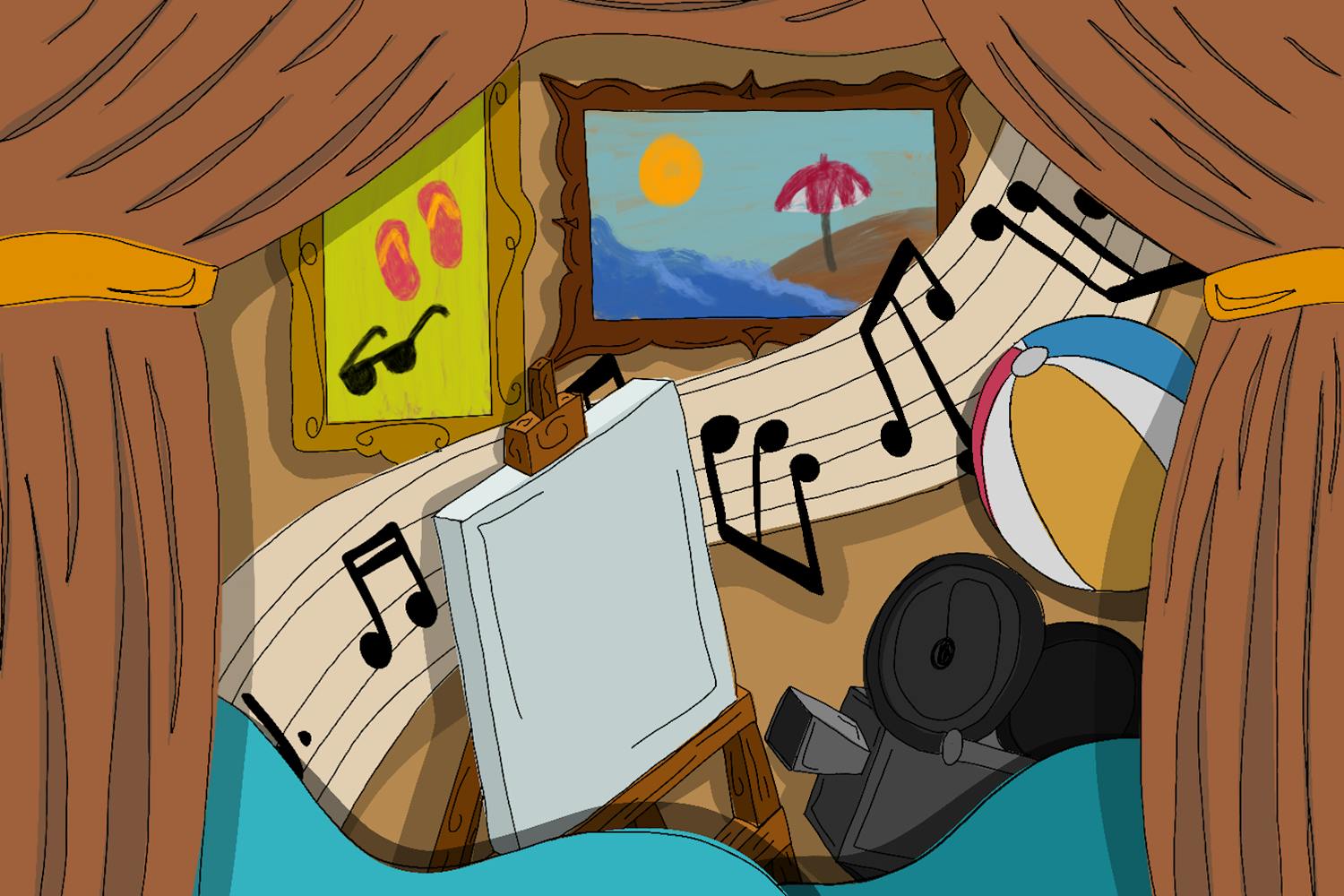ASU is known for its innovation in science and research, but what happens when a lab closes due to a professor retiring or moving on? While it may seem like the end of an era, the Biodesign Institute offers a model for handling lab closures.
Professors often dedicate decades to their research, but when retirement approaches, lab closures often follow. This transition is typically planned in a way that ensures minimal disruption.
"Most of the time professors leave because they retire or they finish their careers," said Joshua LaBaer, executive director and professor at the Biodesign Institute."Oftentimes they will time their retirement to happen shortly after their last student leaves."
When a lab space becomes available, it is reassigned based on institutional needs.
"In parts of ASU, people have lab space assigned to them, and it's just theirs until the day they leave or retire. That is not so much true in the Biodesign Institute," LaBaer said. "We adjust space based on need."
Research labs house a vast array of expensive and specialized equipment. When a lab closes, determining what happens to this equipment is crucial.
"If ASU paid for the equipment, or if the money came from ASU coffers, that equipment belongs to the University," LaBaer said. "If that faculty member leaves the University ... the granting agency will say, 'We want that equipment ... to go with the faculty member to their new location.'"
The Biodesign Institute has a strategy to keep valuable resources active, extending their life cycle within the University.
"We like to make it available to everybody, so we actually have a shared equipment room," LaBaer said. "We have a team at Biodesign that maintains that equipment."
Kyle Lewis, an engineer for the Shared Instrument Facility, said his team ensures that valuable parts are salvaged and repurposed for other researchers within the institution. The facility tries its best "to keep their (the lab's) equipment alive."
"We also have that lab manager group that from time to time, will reach out and see if anybody needs a specific piece of equipment," Lewis said.
While lab equipment can be reallocated, one of the more challenging aspects of closing a lab is dealing with ongoing projects and incomplete research.
"Some of the work got started, but it never got finished, and it's going to reside in notebooks somewhere," Labaer said. In these cases, it is often up to the remaining students or postdocs to complete and publish the work, he added.
The ownership of research data also needs to be handled with care.
"They are obliged to whatever they did here, leave copies here, and then they can obviously take copies with them ... (But) I believe that the data belong to the University," LaBaer said.
In some cases, labs transition smoothly to a new principal investigator, particularly when a successor is already working alongside the retiring professor.
For Grant McFadden, retired faculty of the Biodesign Institute in the School of Life Sciences, the process of handing over his lab to Masmudur Rahman, assistant professor at Biodesign Center for Personalized Diagnostics, was seamless.
"My situation was a little different from most because Masmudur and myself were already co-PIs on most of the lab's external research grants when I retired," McFadden said in an email. "The transition to him becoming sole PI of the lab was relatively simple and straightforward. The scientific direction of the lab will now evolve according to Masmudur's decisions and the research grants he can successfully secure in the future."
This structured handoff allowed for continuity in research, with ongoing projects remaining on track even after McFadden's retirement. Despite this smooth transition, in other cases, there can be significant challenges.
"The biggest issue is the management of any lab grant funding remaining at the time of retirement, as well as the handling of the careers of the various people (students, post-docs, scientists, technicians, etc.) who are still members of the lab," McFadden said in an email.
ASU's Biodesign Institute has developed systems that allow scientific resources to continue benefiting the community.
It's always bittersweet when a lab closes, but when handled correctly, much of the potential disruption can be avoided.
By redistributing equipment and carefully transitioning leadership, the University ensures that the spirit of discovery endures long after the lab doors close.
Edited by Sophia Ramirez, Abigail Beck and Natalia Jarrett.
Reach the reporter at dmanatou@asu.edu.
Like The State Press on Facebook and follow @statepress on X.
Dimitra is a junior studying biomedical engineering and physics. This is her second semester with The State Press. She has also worked as a research assistant in Kirian Lab.




